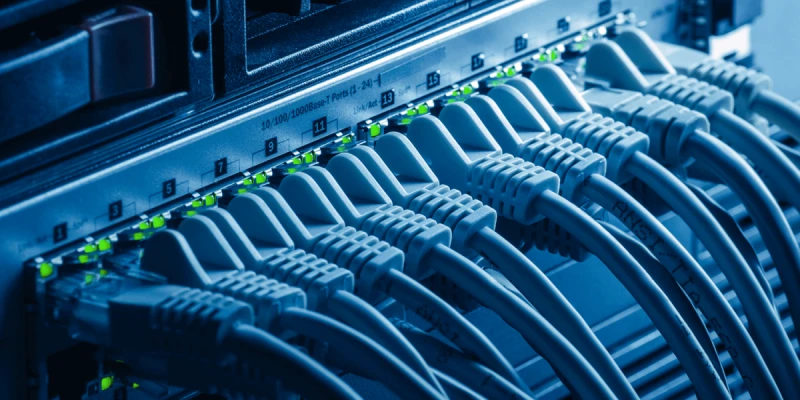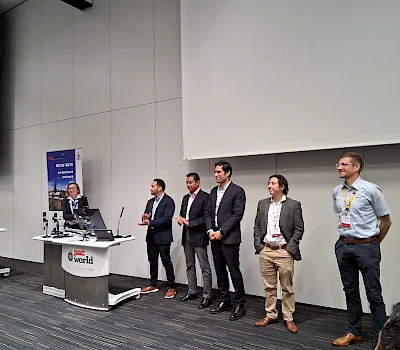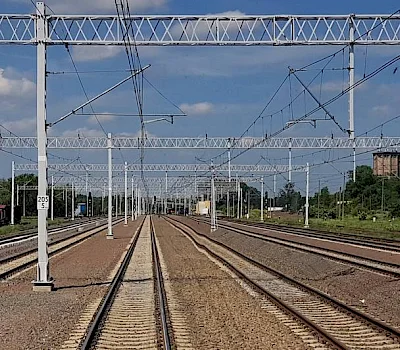By reducing the duty cycle and signature generation time, significantly lower standby power consumption is achieved. Compared to IEEE 802.3af and at, the bt standard reduces standby power consumption by a factor of 10. Such a solution provides the greatest savings in industries using CCTV (e.g., monitoring of protected facilities, border protection) or IoT, where continuous operation of devices is not required due to sensors or triggers responding to events.
Same PSE, more PD?
The second new feature was Autoclass. This feature optimizes the power delivered to the connected device by determining the Ethernet cable losses and energy consumption of the edge device. This data, in turn, is translated by the PSE into a correction of the power supply value (often overestimated by manufacturers) of the connected device. With this solution, the same powering device is able to power more PDs.
More options
Another addition to the standard was support for single-signature and dual-signature powered devices. Single-signature & Dual-signature Powered Devices (SDS) differ in topology. A pair of devices of the first type share identical detection, classification and power maintenance signatures. This is typically used for single load applications. In contrast, a pair of dual-signature devices share the same signatures as above, except that they are independent of each other, which is ideal for applications requiring multiple loads, such as a camera system with a fan or heater.
What matters is the power
Undoubtedly, the biggest advantage that has made IEEE 802.3bt gain its huge popularity is the higher power parameters. In the latest PoE standard, the maximum power delivered by power devices is 90W, and the power received by edge devices is 71.3W. This power drop is due to the maximum loss (about 19W) over the entire maximum cable length (according to the Ethernet standard of 100m). Despite this, the IEEE802.3bt standard still offers almost 3 times the power compared to the at standard. And this is not the peak of its capabilities! When the distance between devices is reduced below 100m, PD is able to receive power greater than 71.3W, and at very short distances, even power close to 90W!
Small - big changes
A change worth noting is the increase in bandwidth. The newest PoE standard has introduced support for transmission speeds up to 10Gbps in the case of connecting IP devices via Cat5e cable, which in the case of growing amount of transmitted data (e.g. better image quality from cameras) may be of great importance.
With the introduction of the IEEE 802.3bt standard, the PSE rules for classification also changed. The result was that it became mandatory to use the LLDP protocol. The protocol has also undergone changes to allow the exchange of masses of information such as PD capability, auto-classes, maximum PSE power, temporary PD outages, voltage, current, power, energy, and even energy price. This option can provide great support for network monitoring.
One but
In addition to the undoubted advantages of the new standard, one must consider the inevitable consequences of certain solutions.
The introduction of higher power comes with the real problem of overheating of the cables, which may translate into deterioration of the quality of data transmission and shorter life of the cabling, and in extreme cases, even a decrease in the electrical parameters of the cable. However, this problem is partially solved by using cables with lower resistance, using fewer wires or partial PoE power “over the wire”.
Summary
IEEE 802.3bt is at this point the best PoE standard, whose new capabilities have unleashed the potential that its predecessors lacked.
IEEE 802.3bt advantages:
- Reduce power consumption in standby mode
- The same power device is able to support more edge devices
- Supports single- and dual-signal powered devices
- More power delivered to the PD
- Supports 10Gbps transmission rates with Cat5e cables
- Obligation to use the LLDP
Disadvantages of IEEE 802.3bt:
- Possible overheating of cables











